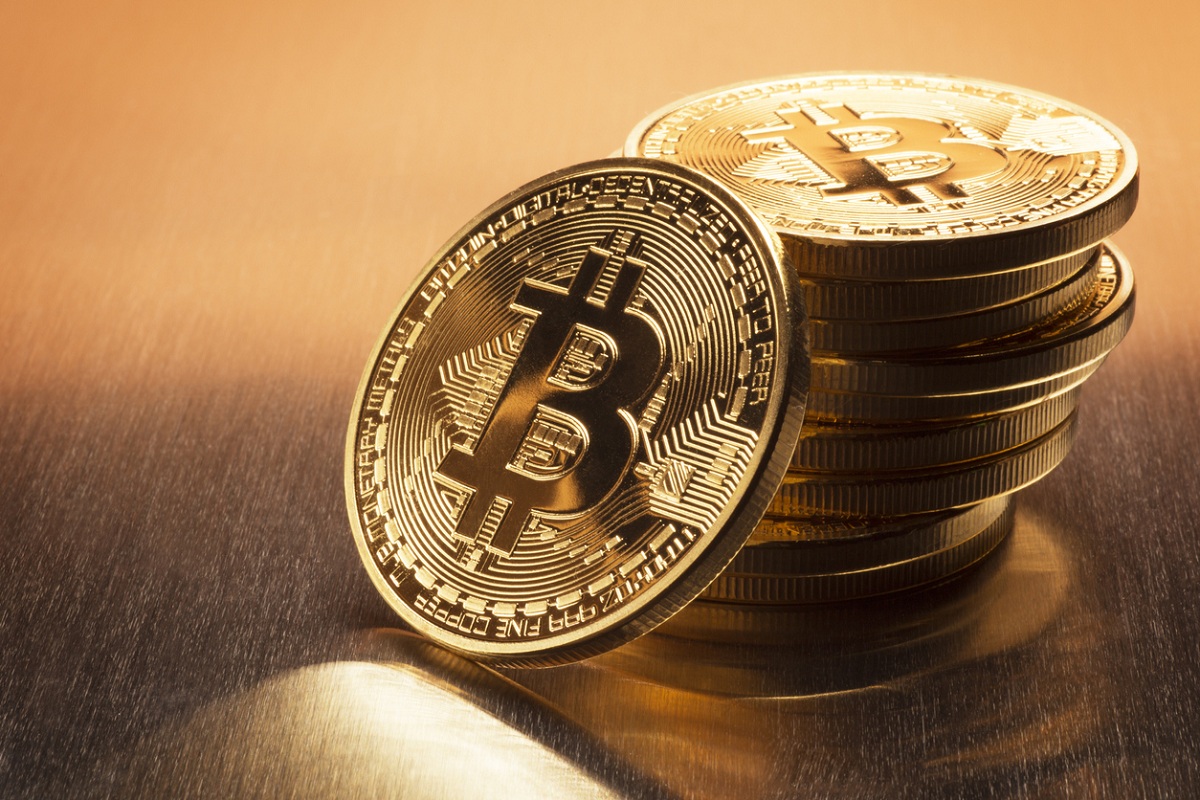Bitcoin’s Moment
Bitcoin’s climb past the $100,000 mark is a watershed moment in the evolution of crypto-currencies, symbolising their growing acceptance as a legitimate asset class.
The use of such currency by China in some specific cities and the recent budget outline of India have given further importance to it.

Bitcoin halving likely this week: Here’s what to expect(Representational Image; Source: iStock)
Today, most contemporary financial news including the budget and monetary policies around the world is debating and streamlining Bitcoin and other cryptocurrencies. Nepal too is controlling withdrawals from banks fear- ing that its money is going without account into cryptocurrency, giving further burdening its already reduced foreign reserves. The paradox is that, on the one hand, the government is prosecuting cryptocurrency users, and on the other, it is doing research on its possible legalisation. The use of such currency by China in some specific cities and the recent budget outline of India have given further importance to it. In the context of Nepal, we need an immediate policy on it.
Bitcoin is a cryptocurrency made using blockchain technology. First, we need to understand blockchain technology to make sense of cryptocurrency. Money basically has three roles: (1) Medium of exchange, (2) Store of value and (3) Unit of account. Bitcoin checks all three boxes. The world is going digital and so is money. Bitcoin offers a new form of “digital money” which many leaders and nations have not been able to offer since the beginning of humans civilisation. The whole world currently uses freely floating fiat currency. It has many flaws and also leads to huge financial crises including the one in 2008. Since then, a person or a group of persons going by the name of Satoshi Nakamoto pioneered blockchain technology to successfully deploy a currency known as Bitcoin. Because a lot of cryptography is used to develop the blockchain and deploy the digital currency, the term cryptocurrency is used.
Advertisement
Cryptographer David Chaum first proposed a blockchain-like protocol in 1982, which was further developed by Stuart Haber and W Scott Stornetta in the 1990s. Satoshi Nakamoto conceptualised the first decentralised blockchain in 2008 by solving various fundamental problems faced by blockchain technology, hence creating Bitcoin.
Advertisement
In simple terms, a blockchain is an advanced digital ledger system where each ledger or block of data is connected to another ledger or block of data via a chain in the decentralised network, hence the name “blockchain”. This ledger system is visible to everyone participating in the network, and any changes made to a previous ledger or block of data are visible to the public making this system more transparent. Anyone can join the decentralised network using a smartphone, laptop or any other computer which has an internet connection. This happens because these ledgers or blocks of data are not stored on a single server but are stored on a decentralised network.
Advertisement